#hadrian and antinous
Explore tagged Tumblr posts
Text
After watching Gladiator II (which I enjoyed ngl) you know what I'm craving? I'm craving historical epic blockbuster drama about Emperor Hadrian and his boyfriend Antinous. Give me
5 notes
·
View notes
Photo
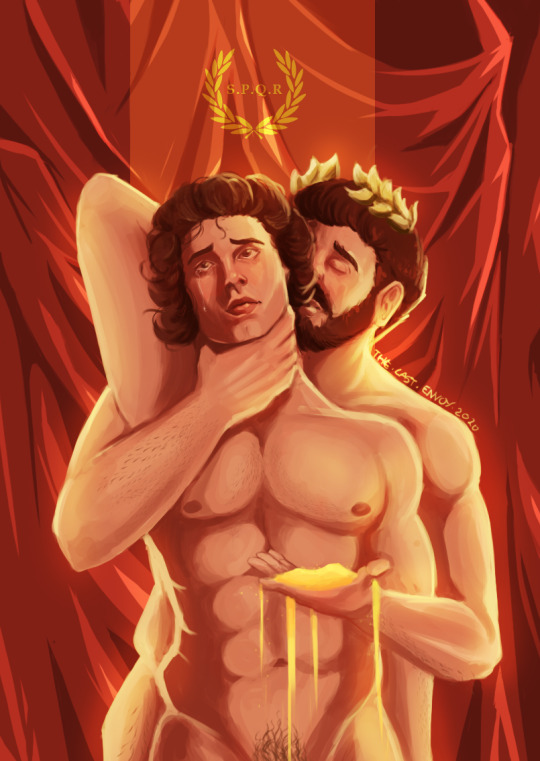
Hadrian and Antinous.✨ I have long been fascinated by these two. While a lot of their relationship seems romantic, it always struck me that there must have been such a massive power imbalance between them. Romantic? Yes. Healthy? No way.
#my art#tumblr art#gay art#emperor Hadrian#hadrian and antinous#ancient rome#roman emperor#roman empire
82 notes
·
View notes
Text

not my typical art of 18c stuff but I was very proud of this small, quick, acrylic painting of Antinous I did today :)
#I did not at all bother doing the curls of the hair cuz I didn’t want to spend all day on it lmao#antinous#ancient greece#hadrian and antinous#my art#acrylic painting
7 notes
·
View notes
Text

"Imagining Antinous"
#antinous#hadrian and antinous#male lovers#ai men#ai generated#ai artwork#ai art community#gay ai art#reimagined history#tragic story#symbolist art#art direction#fashion illustration#male form#male figure#male art#homoerotic#cult of antinous
21 notes
·
View notes
Text
I know there’s reasons but “his twink bf died on their loveboat cruise” is both the best and worst explanation for Hadrian outlawing circumcision
#hadrian#what a boy#antinous#hadrian and antinous#history#religious studies#gay#i fuckin love history
6 notes
·
View notes
Text





I was going to call them the imperial trio, but they aren't *exactly* that...
#vibia sabina#ancient rome#empress sabina#hadrian#emperor hadrian#antinous#hadrian and antinous#sabina and hadrian#failmarriage!!!!
6 notes
·
View notes
Text
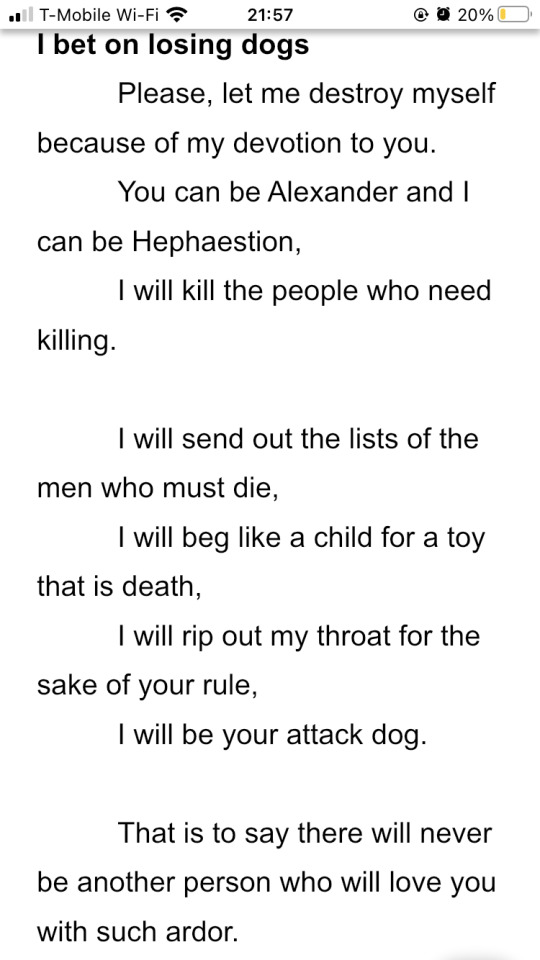
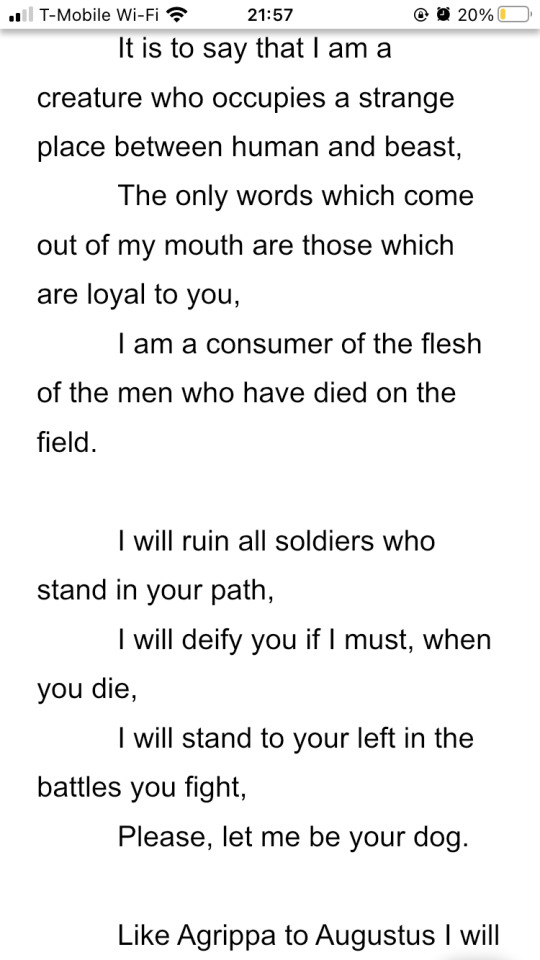
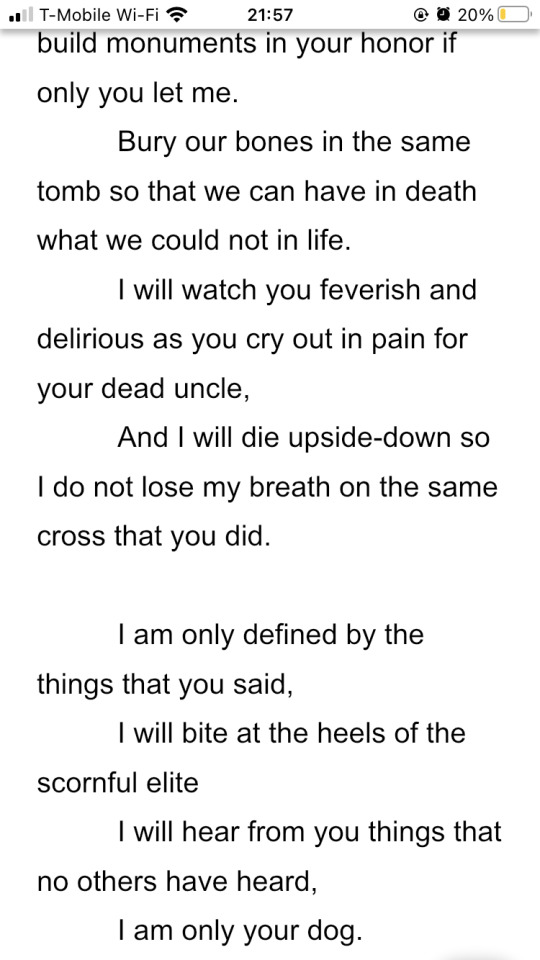
Thinking about dogs in the Iliad.
Thinking about Alexander and Augustus and Achilles and Antinous.
Thinking about Mesalla Corvinus’s utter devotion to Cassius that came to nothing
#classics tag#btw if ur mean to me about this I’ll cry#my writing#poetry#btw the references in this poem are in order#Alexander#Agrippa#Patroclus#the canine and the feminine book#Hadrian and antinous#mesalla corvinus#Agrippa again#Patroclus again#Octavian#Peter the disciple#914#my poetry
14 notes
·
View notes
Text

OSIRIS-ANTINOUS. antinous enters the nile human, and leaves a statue 🪷
#the plants are papyrus sedge and egyptian lotus 🪷:)#my ganymede design actually started out as a cartoonish antinous and just became its own thing lol#antinous#antinous osiris#roman empire#ancient rome#ancient greece#tagamemnon#emperor hadrian#osiris#egyptian mythology#roman mythology#tagging this is tricky
3K notes
·
View notes
Text
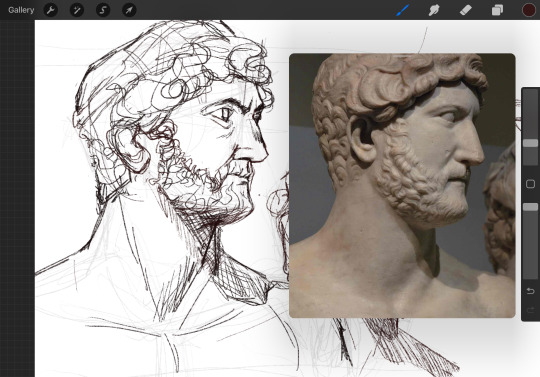


Emperor Hadrian and Antinous study
idk who to do next
#emperor hadrian#roman emperor#roman empire#ancient rome#antinous#sketch#doodle#digital doodles#art study#digital art#artists on tumblr#classics#i love these two#i just want to draw him pretty#hadrian i like how he turned out#i redid it from prev post#my art#my post#my#crisantei
558 notes
·
View notes
Text
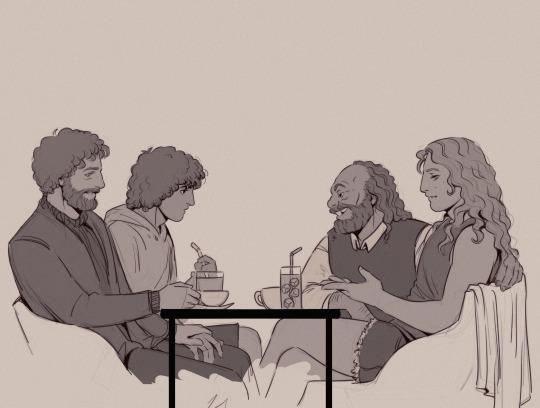
"An emperor, a philosopher, a general and a god walk into a cafe"
Hadrian, Antinous, Socrates and Alcibiades hanging out at a cafe! The modern AU crossover you didn't know you needed! (in honor of @scribl1ta and I hanging out in Athens recently :D )
675 notes
·
View notes
Photo
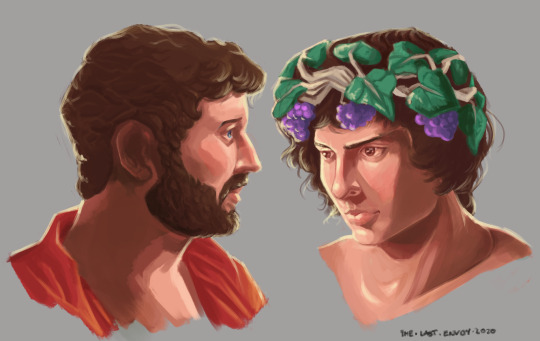
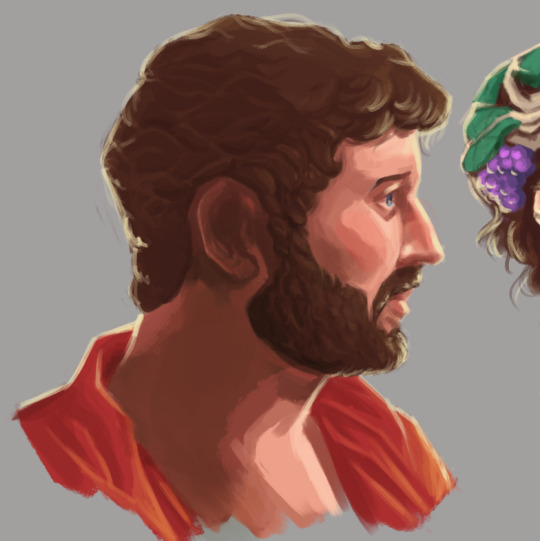
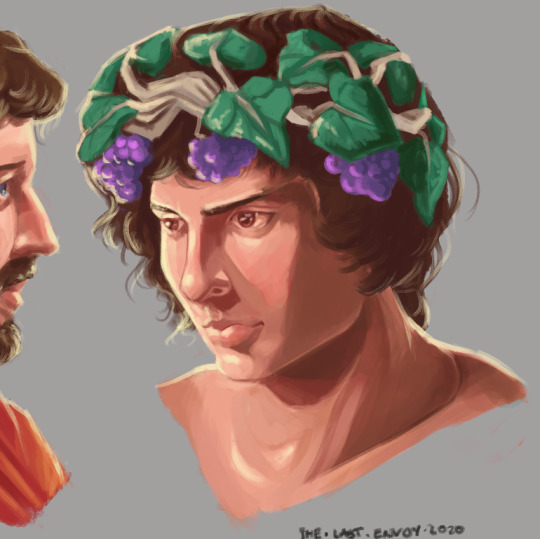
✨THE LOVERS ✨
Emperor Hadrian and his lover, Antinous.
170 notes
·
View notes
Text

#antinous braschi#antinous#statue#marble#sculpture#statues#ancient rome#roman#roman empire#beauty#splendour#art#europe#european#antiquity#diadem#fruits#dionysus#pine cones#pine cone#history#hadrian
548 notes
·
View notes
Text
just saw a tiktok of someone basically calling hadrian Problematic™. girl he was a roman emperor
#stop trying to “cancel” historical figures you look ridiculous#like of course hadrian wasnt a good person of course his relationship with antinous wasnt uwu soft & wholesome grow upppppp#dante.txt
2K notes
·
View notes
Text
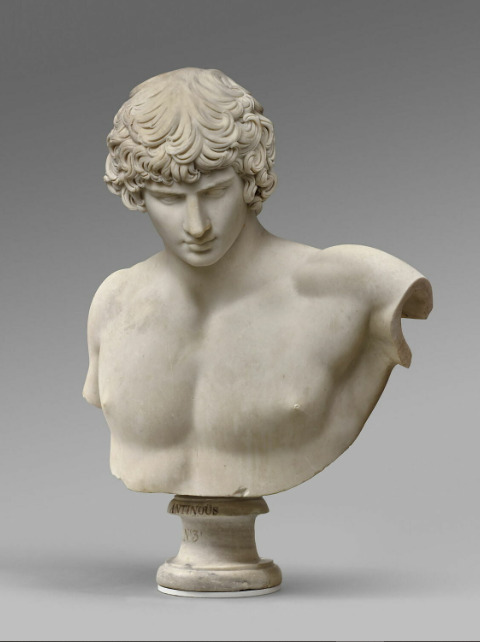
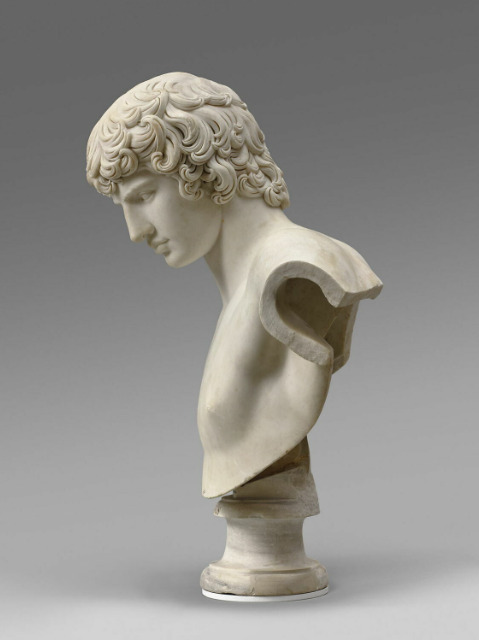
Antinous, XVIII century
#louvre museum#antinous#art history#art#aesthethic#xviii century#ancient rome#roman empire#emperor hadrian#hadrian#marble#bust#statue#homoerotic art#gay history#antiquity
815 notes
·
View notes
Text


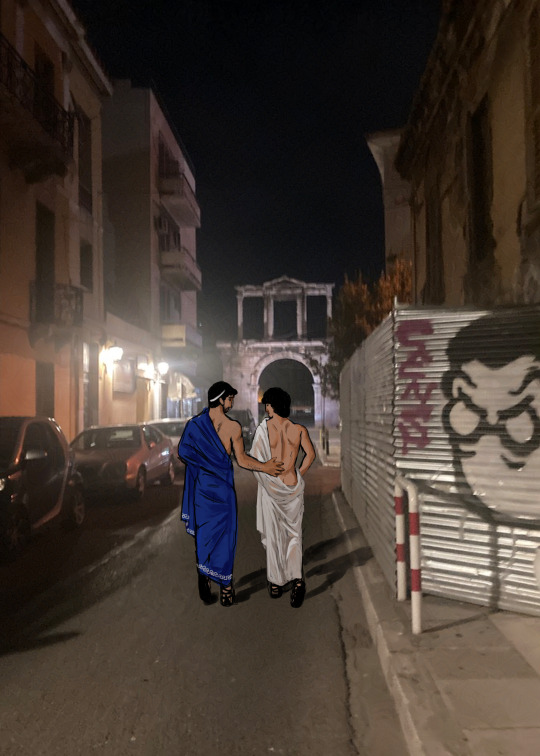
The Emperor Hadrian has been spotted having a happy birthday in Athens today.🥳
Girl i always have nothing to post until the last minute!! i feel so irresponsible🙁it's okay I have been thinking to do a more polished illustration of him for a little while, so maybe that will happen soon. This past year I had so many wonderful hadrian encounters in Rome, TIVOLI, Athens, and Naples; and too many photos to post. I am lucky to have spent this time studying him and understanding his appearance and his personality more deeply. I hope he looks more himself in my art going forward❤️
167 notes
·
View notes
Note
You should tell us all about your fake academic text from the fantasy!Romans :3
So as you may or may not know, all my books are set in the same world. The fantasy!Romans are the ancient Lausans, who are evidently just straight up also The Actual Romans because I have been researching the SHIT out of this book (and beguiling several classicists out of the woodwork and into my DMs to lavish me with Trivia Facts and supervise my Latin homework) and, breaking news, the Actual Romans are too fucking hog wild to not replicate exactly one-to-one on the page.
Here are some hog wild fun facts about the Romans:
The Romans are incredibly misogynistic and bottomphobic so everything Bad is therefore Effeminate (interpret this in that snide middle-school "Ew that's GAY" thing that was everywhere in like 2005). This is fucking hilarious, actually. Hear me out.
Gayest (read: most Effeminate) thing you can do as a man? Eat pussy. Yes, this is legitimately more gay than bottoming. (it's because the mouth is considered sacred and oral sex is defilement.)
Other things that are Gay According To Romans: Having too little hair, having too much hair, not combing what hair you do have, shaving/depilating more of your body than just your armpits, not bothering to shave/depilate at least your armpits, wearing jewelry and makeup, not belting your toga tightly enough, being too fashionable, being too unfashionable, wearing threadbare or ragged clothes, chasing women (especially married women), having too much sex, having too little sex, having a particularly small penis, having an exceptionally large penis, dancing, playing musical instruments, being an actor, kissing your wife in public, being penetrated in any way during sex (whether by a man or a woman)...
Yes, you are reading this correctly: A hairy, rugged man with a huge dick who doesn't care about his personal appearance, has loads of sex, and enthusiastically goes down on other men’s wives is Effeminate According To Romans. I find this ABSOLUTELY HYSTERICAL. Roman men twisted themselves up into the kind of fragile Toxic Masculinity Anxiety the likes of which we have never seen and it's so so so so so so so funny. "YOU MUST BE COMPLETELY MID!!!! DEVIATING ONE INCH FROM MID IS GAY!!! [hyperventilating, feverishly accusing each other of being gay for, like, blinking too much or something]"
They are absolutely baffled by lesbians. Crying and shaking when they try to understand lesbians. They can't do it. It's like dividing by zero to them.
Romans do not think about sexuality in terms of "what gender are you attracted to", they think about it in terms of "what is your favorite hole and what do you want to do with it".
They therefore have six separate verbs for "to fuck" based on which hole you're talking about (ass, mouth, pussy) and whether you are topping or bottoming. (So like: pedicare, 'to fuck in the ass'; cevere, 'to be fucked in the ass'. irrumare, 'to face-fuck'; fellare, 'to suck cock'.)
Also, this is gender-neutral! So if someone is described as "He only fucks asses, not cunt" that's not saying he is gay. The ass could be attached to anyone, gender of the ass is irrelevant. Likewise "He only gets fucked in the ass" -- that could be by anyone, whether they own their own dick or bought one at the store or are using their fingers.
Huge hand-wringing at one point because OMG Guys We HAVE To Stop Fucking Twinks, The Twinks Are All Golddiggers And They Are Taking All Our Money, This Is The Downfall of Society. Evil Twinks Are Going To Tear Apart The Roman Empire. (cool of them)
You know about Catholic guilt and repression? Yeah the Catholics got it from the Romans. That's just Roman guilt and repression. It has been preserved across the centuries by the Catholics.
I do not have time to explain to you about Roman Gender Is As Much A Function of Social Class As Physiological Sex so you will just have to take it on faith when I say that the concept of "MAN" and "MANLINESS" and "MASCULINITY" is restricted SPECIFICALLY to Freeborn Male Citizens and nobody else, and therefore male slaves, freedmen, foreigners/immigrants, etc, should be considered an entirely different, separate gender.
(For more on all this nonsense you should read Roman Homosexuality: Ideologies of Masculinity in Classical Antiquity by Craig Williams. It is GREAT.)
These people are insane. Bring a bucket of popcorn and watch them be INSANE.
FINALLY, the last bit of trivia, and this is more directly related to the book (though all of the above will be in the book also):
Emperor Hadrian. You may know him from such things as Hadrian's Wall. If you are queer and a nerd, you probably also know him from things like Having A Ravishingly Beautiful Twink Boyfriend Named Antinous.

But did you know that after Antinous mysteriously drowned, Hadrian was SO FUCKED UP about it that he had Antinous raised to a god, named a city after him, spent the rest of his LIFE grieving him, and commissioned TWO THOUSAND SCULPTURES OF HIM, of which more than a hundred survive, making Antinous the third most-depicted person of classical antiquity. I am told that the vast quantities of Antinouses we keep finding all over the place legitimately kind of has fucked up art history. like "oh we've found a sculpture!!! .....it's another Antinous. ok put it in the warehouse with the other 285295802 of them." The Spiders Georg of art history. Twink sugar baby of all time. Honor his name.
Also twenty-two of these sculptures were found at Hadrian's house, and because of how antiquities and sculptures work, we can assume that others had been broken, looted, or otherwise removed, so he probably originally had more. It is entirely plausible for him to have had at least one statue of his beautiful dead boyfriend in every room. Because that's how we cope with heartbreak. I cannot overstate how shattered this guy was. He's like that guy on Reddit who's like "AITA for refusing to take down photographs of my dead wife? My new girlfriend thinks it's creepy that I have a photo of my late wife on my bedside table, a sexy pin-up poster of her hanging above my bed, and thirty others throughout the house. I don't want to take them down. She's so beautiful and I miss her so much. Edit: nvm just gonna dump the new girlfriend and buy a custom body-pillow of my wife" Except it's fucking thousands of the goddamn things and it is full-scale sculptures and busts and he is making it EVERYONE'S problem. That's the kind of Wife Guy Freak we are talking about with Hadrian.
Anyway so the book is about the fantasy version of Hadrian and Antinous, except it is a fake academic text -- that is, it is a fictional guy's PhD dissertation -- about a major archaeological discovery which reveals some huge new information that revolutionizes the field of Ancient Lausan History and what everyone knows about Fantasy!Hadrian and what happened to him. This is a book for people who read news articles about incredible archaeological finds and feel all breathless and starry-eyed with wonder for how amazing the world is; and who maybe get choked up about how easy it would have been for us to have NEVER discovered that thing that had been lost for centuries and how we would never have learned these new exciting things because of it if the archaeologists had been just little more unlucky; and also who feel a teeth-gnashing longing in their heart for "AH I WISH WE KNEW MORE, WHY DOESN'T THIS ARTICLE TELL ME *EVERYTHING* ABOUT THIS FIND!!!!! TELL ME!!!!"
(If this sounds like your jam, the Introduction to the academic text is available on my Patreon right now, or you can sign up for my newsletter if you want to be sure to get a head's up when I publish it :D)
120 notes
·
View notes